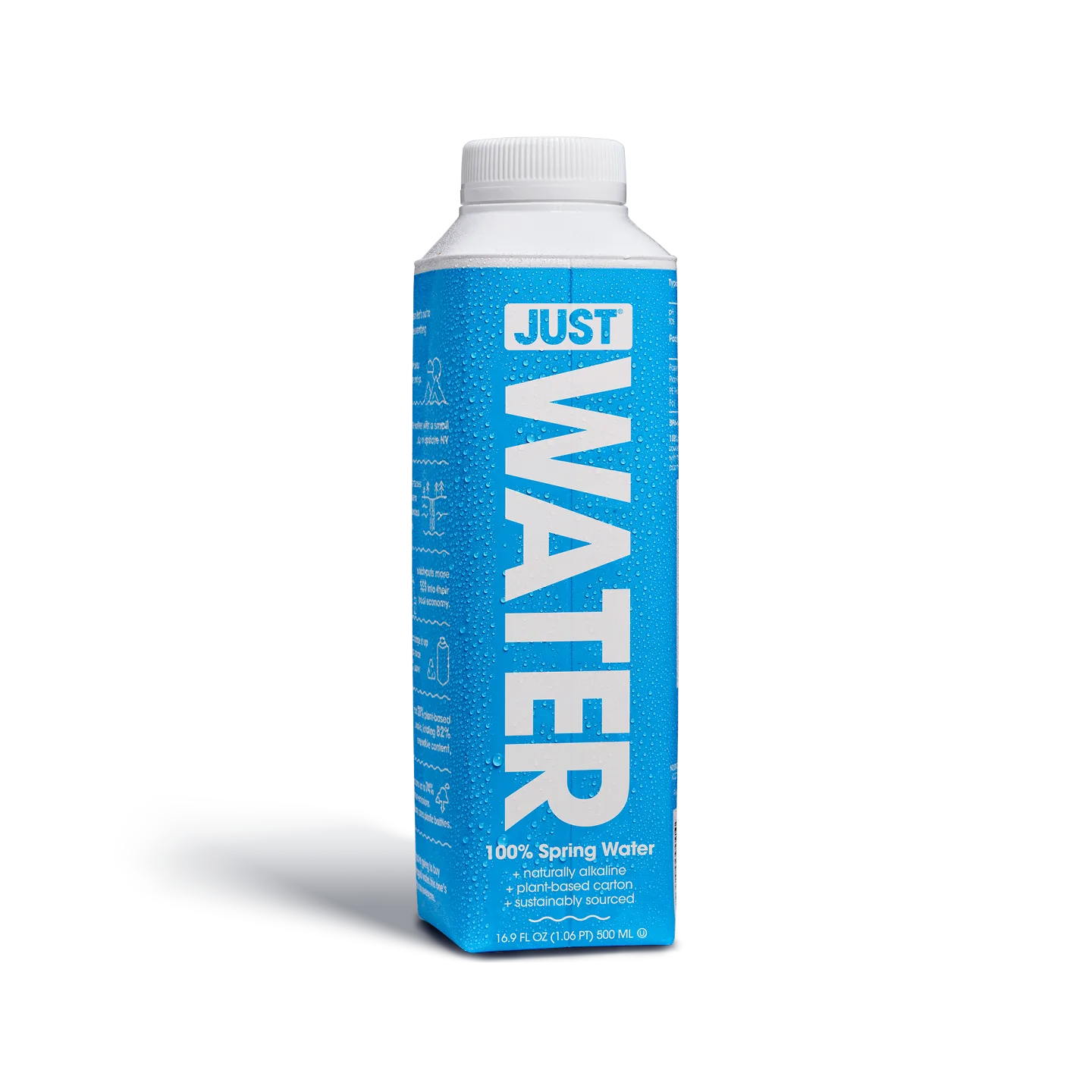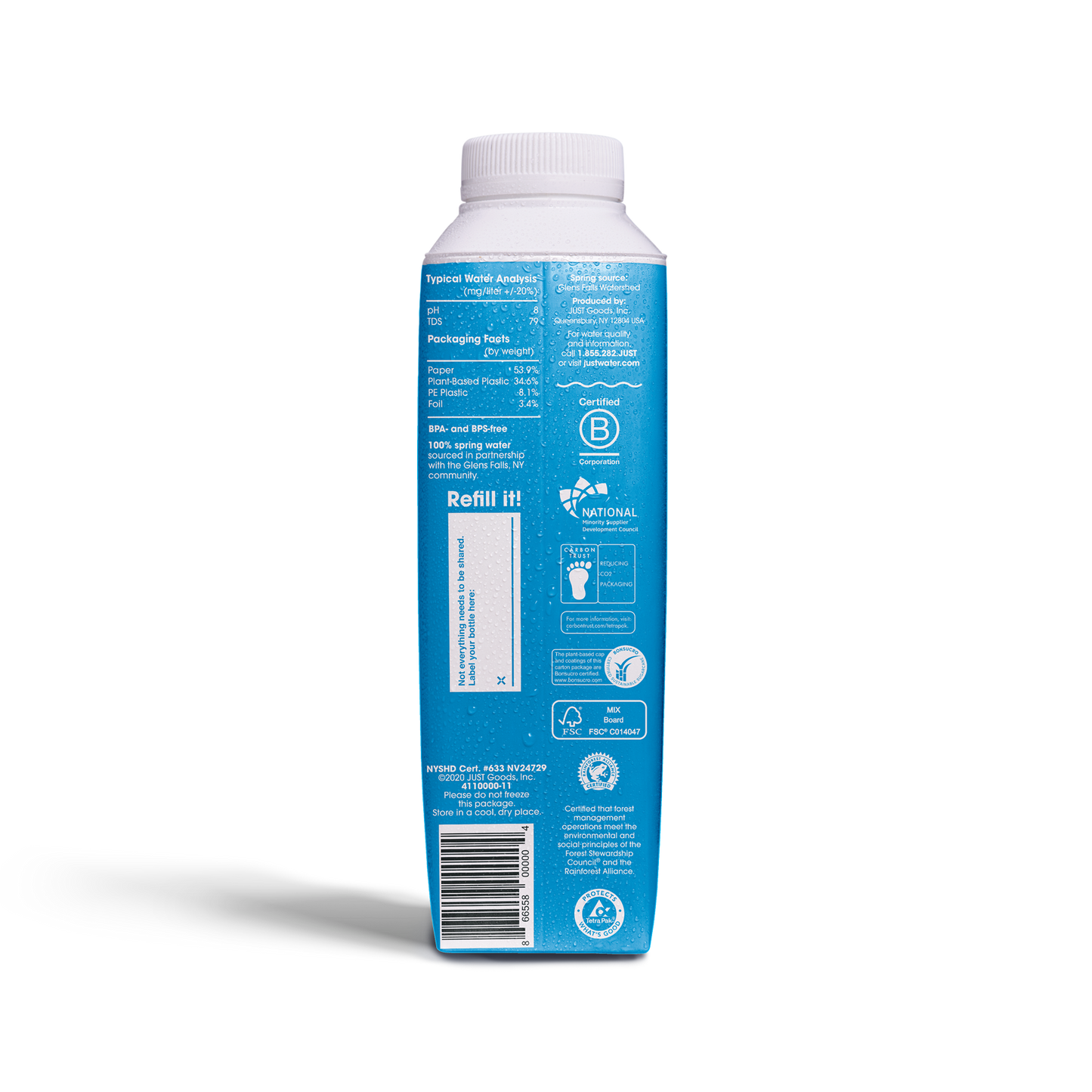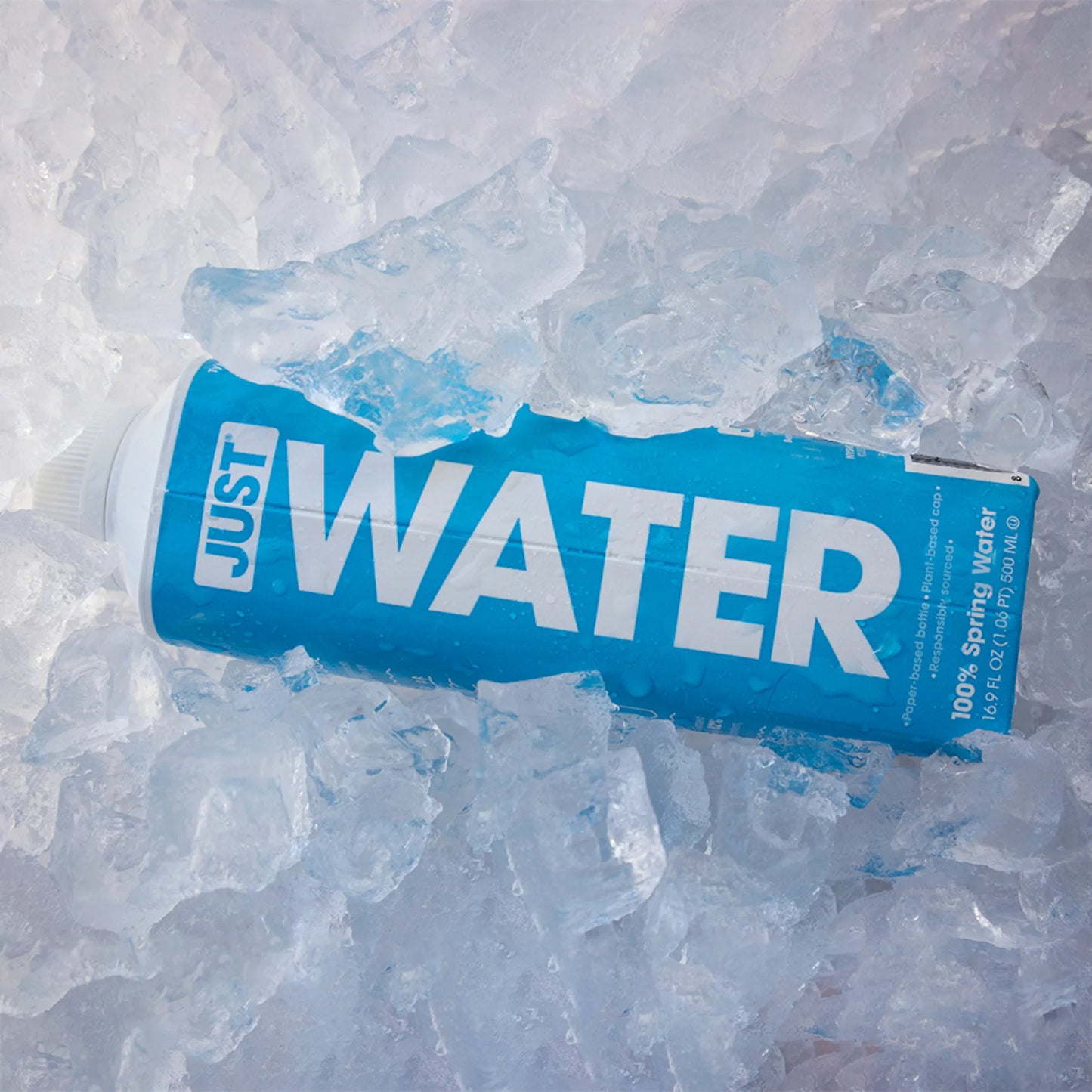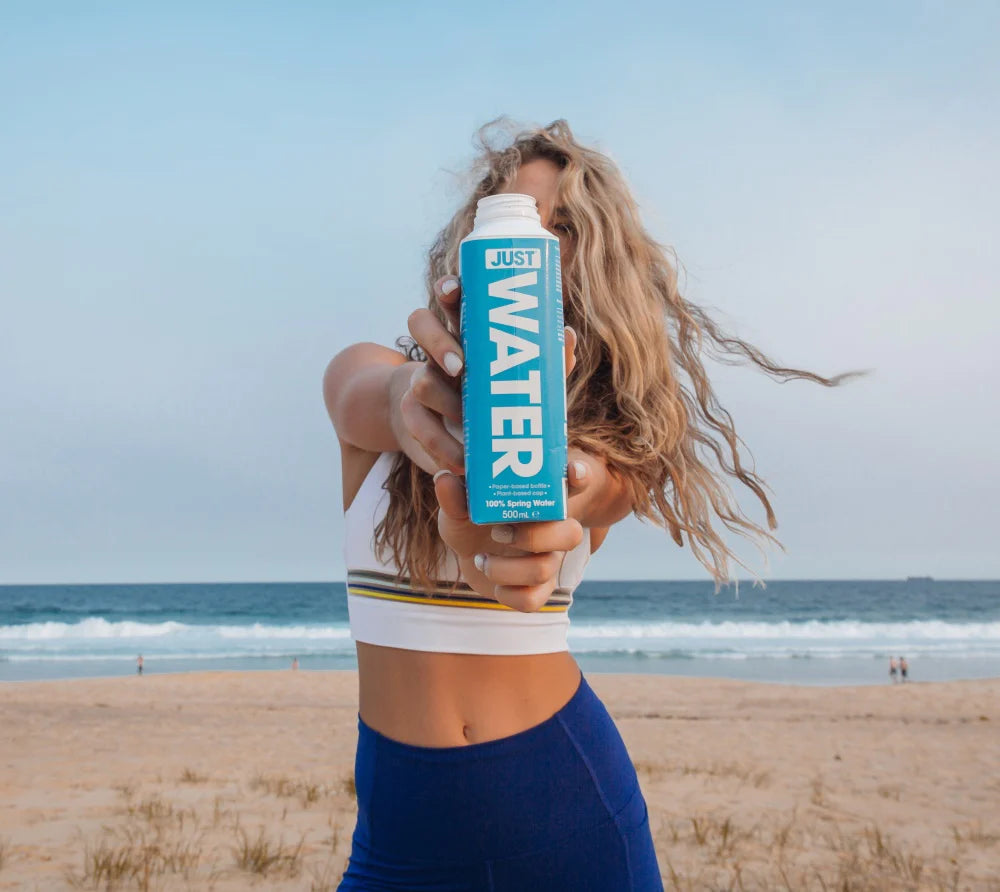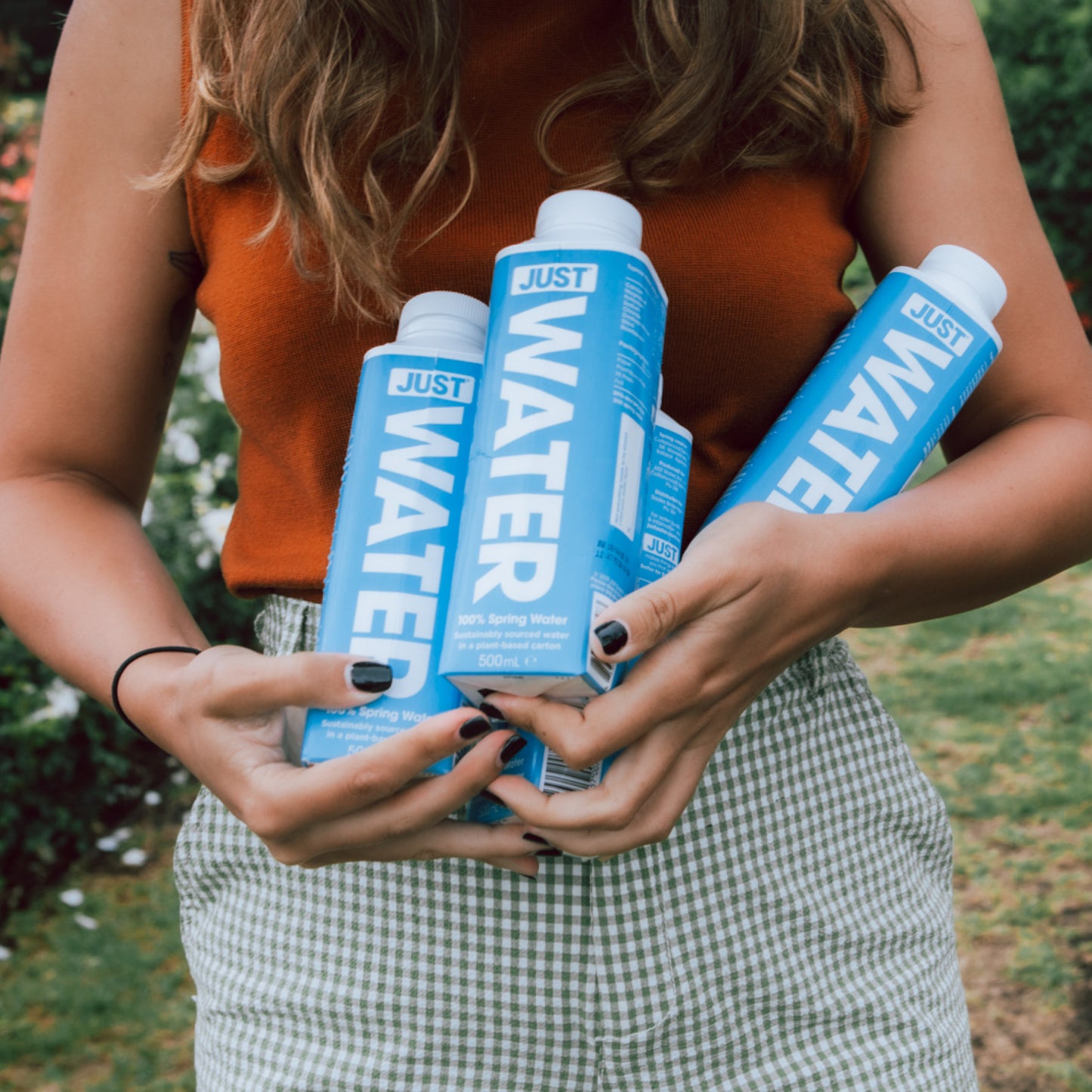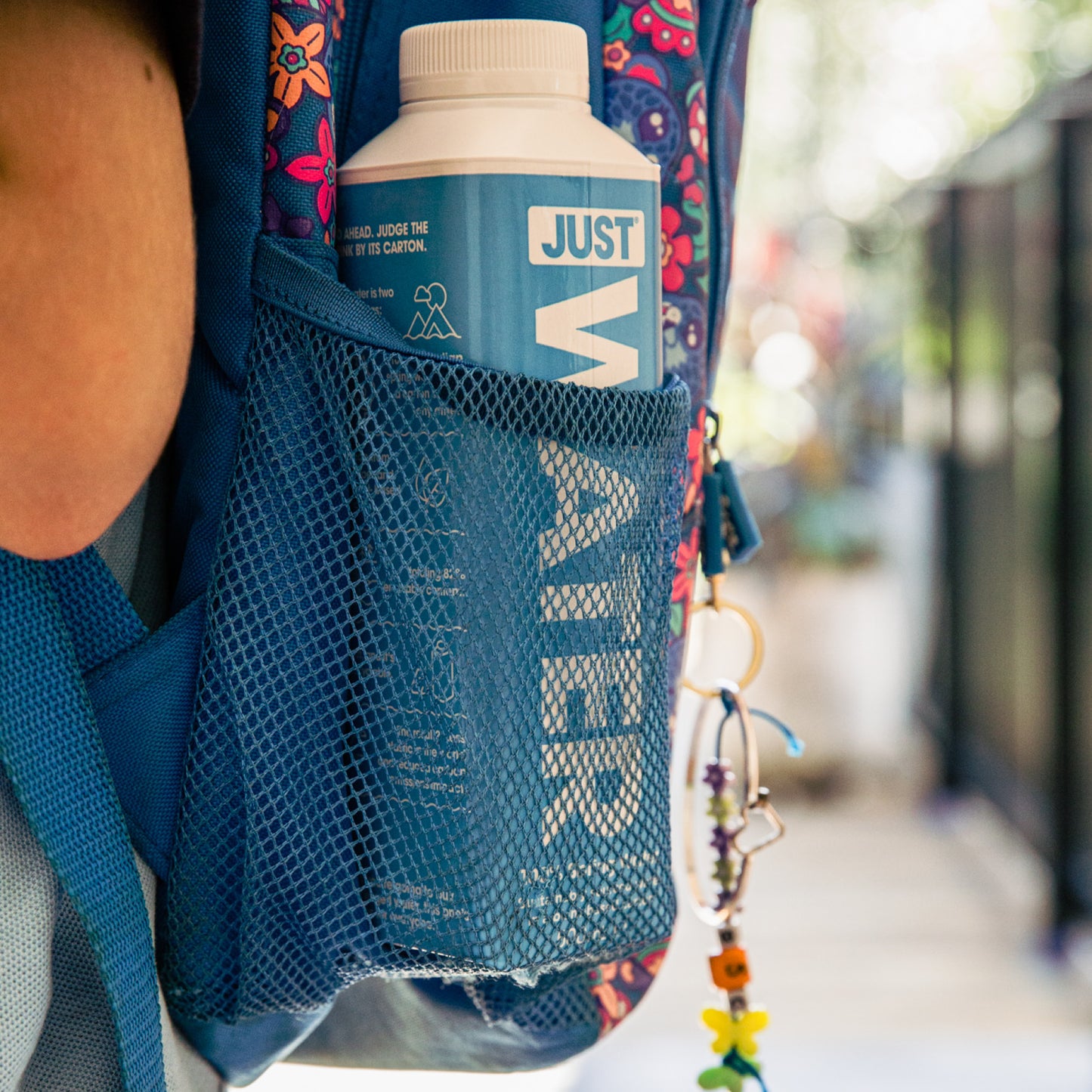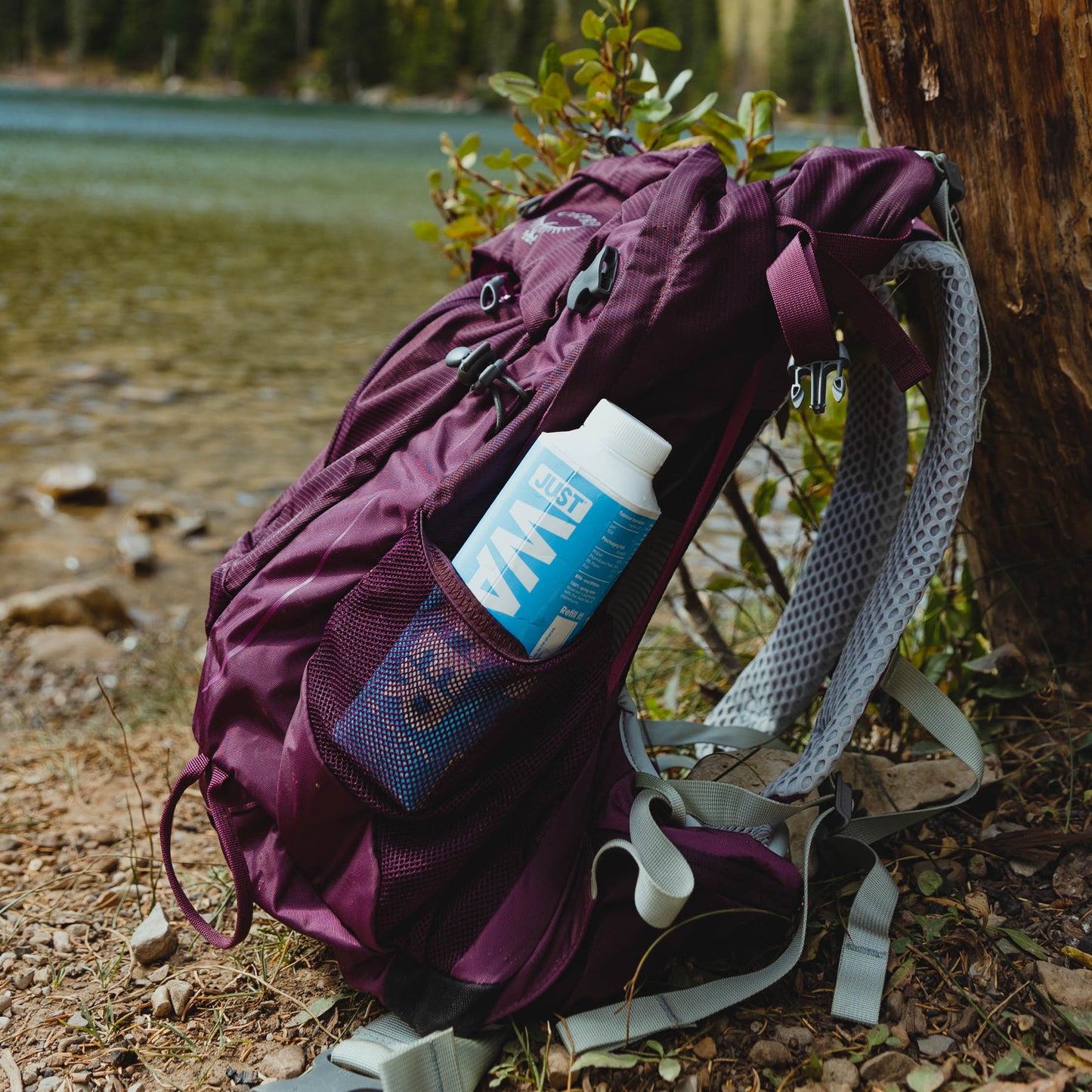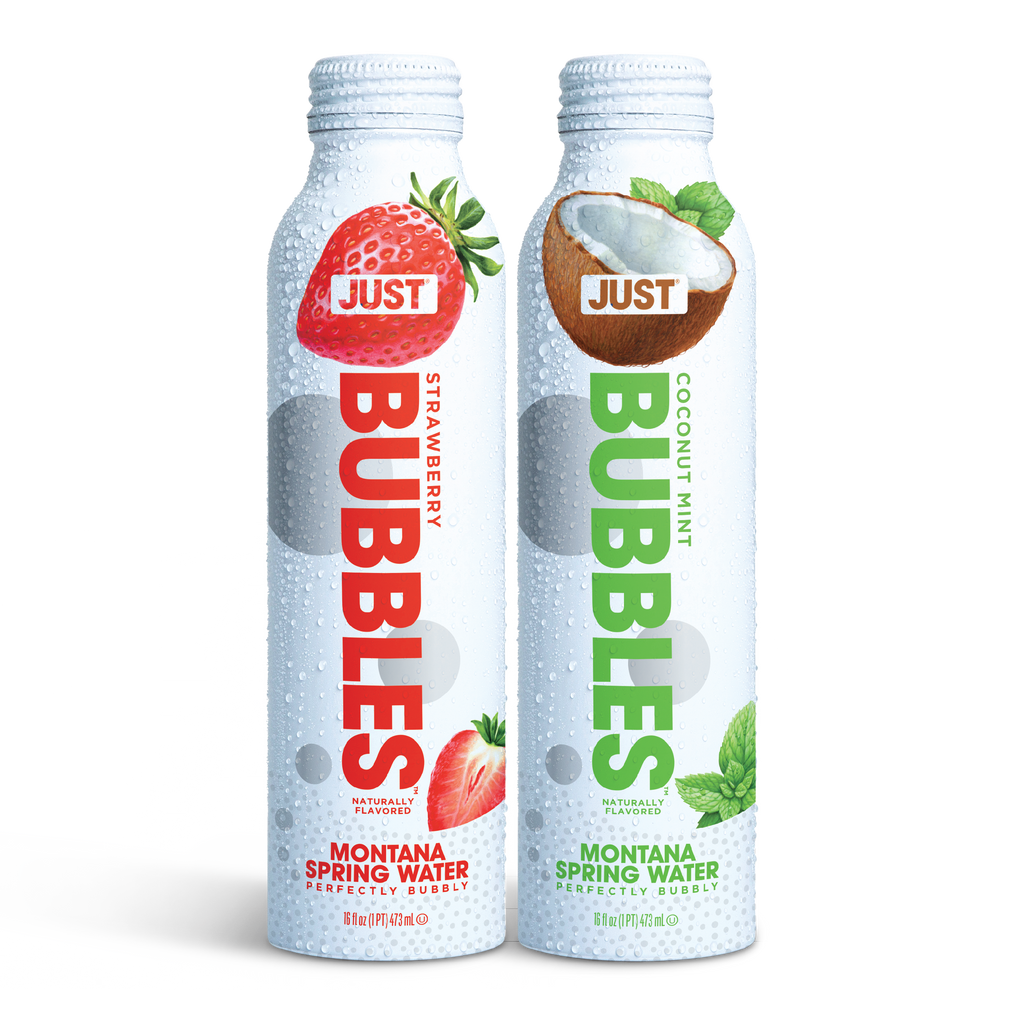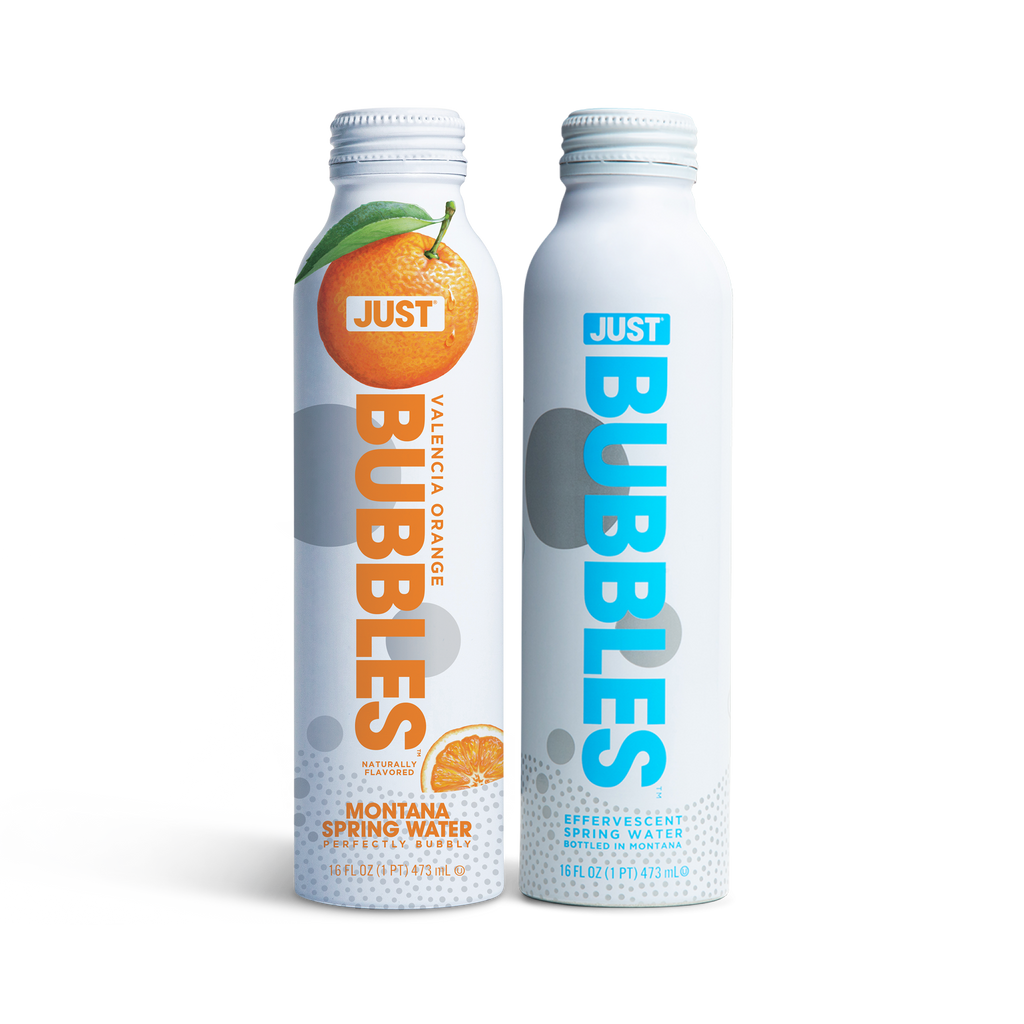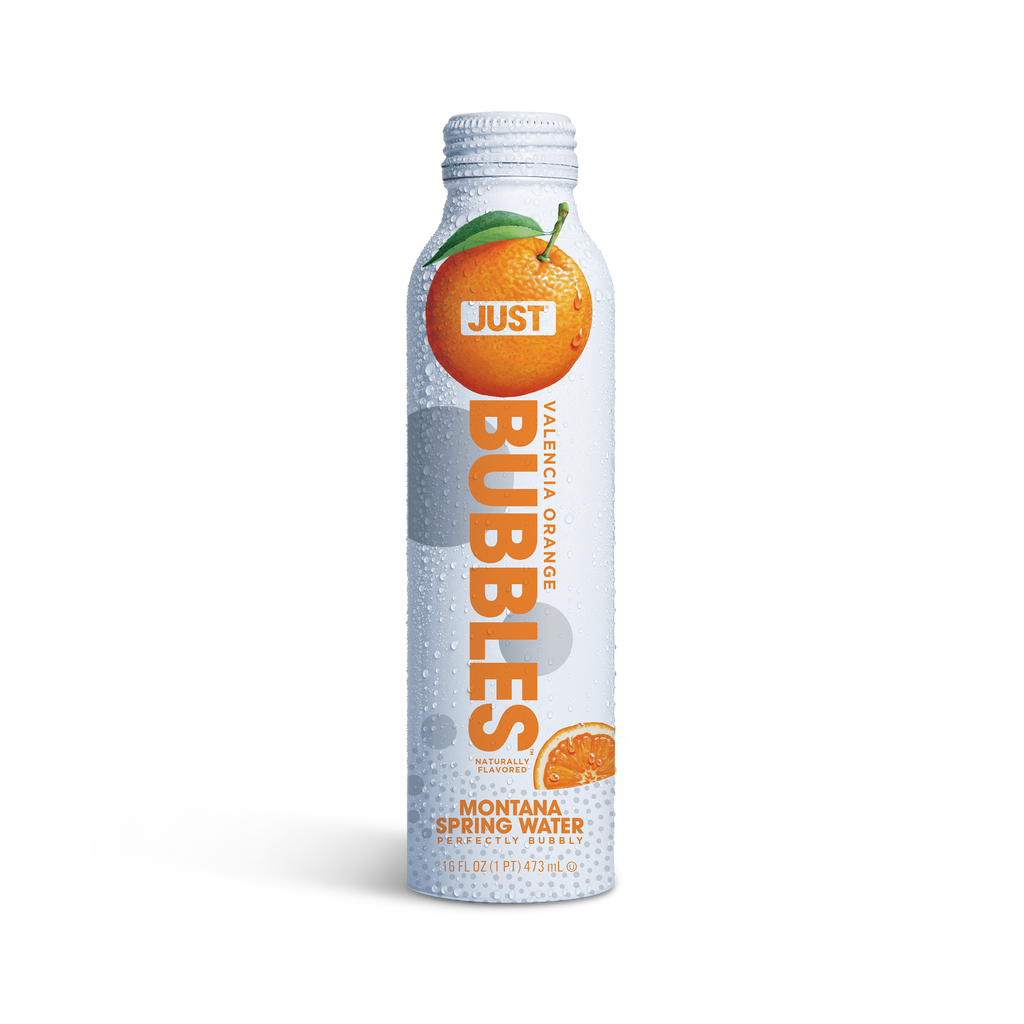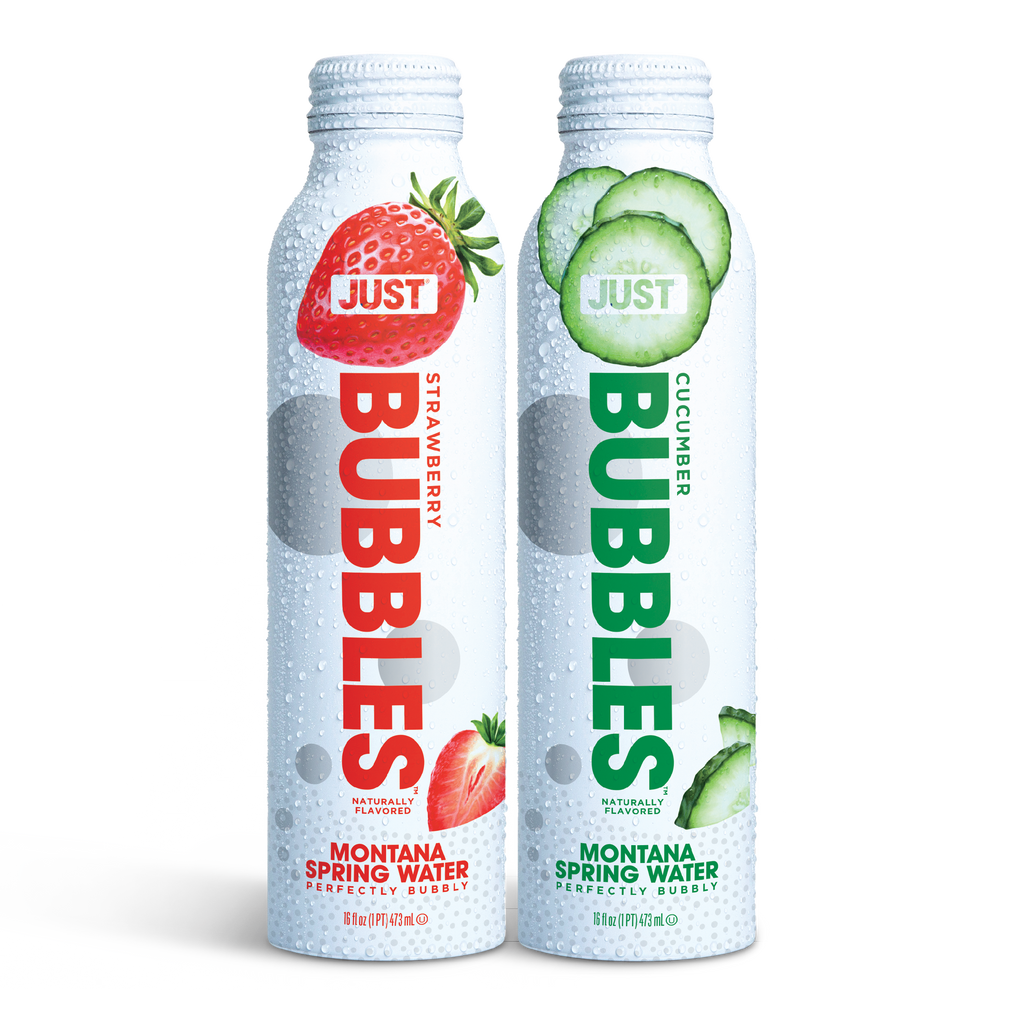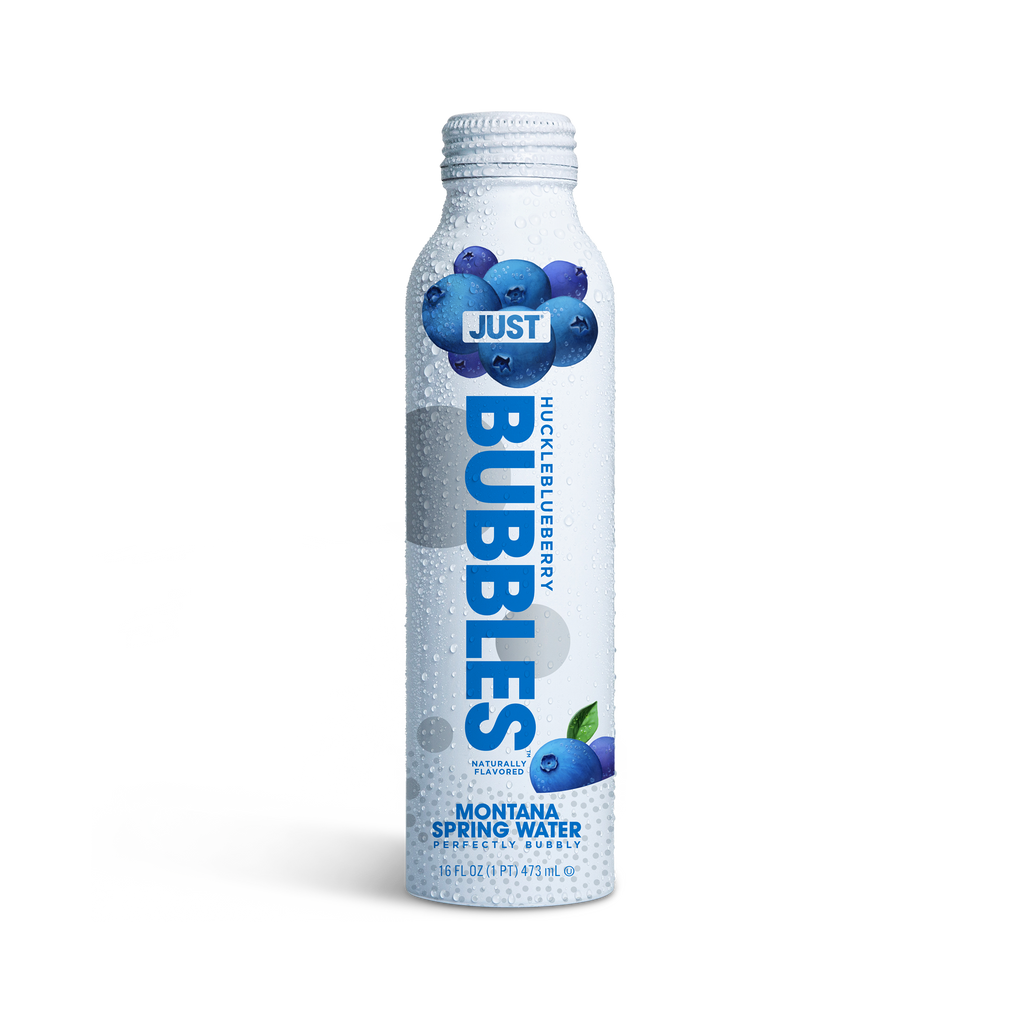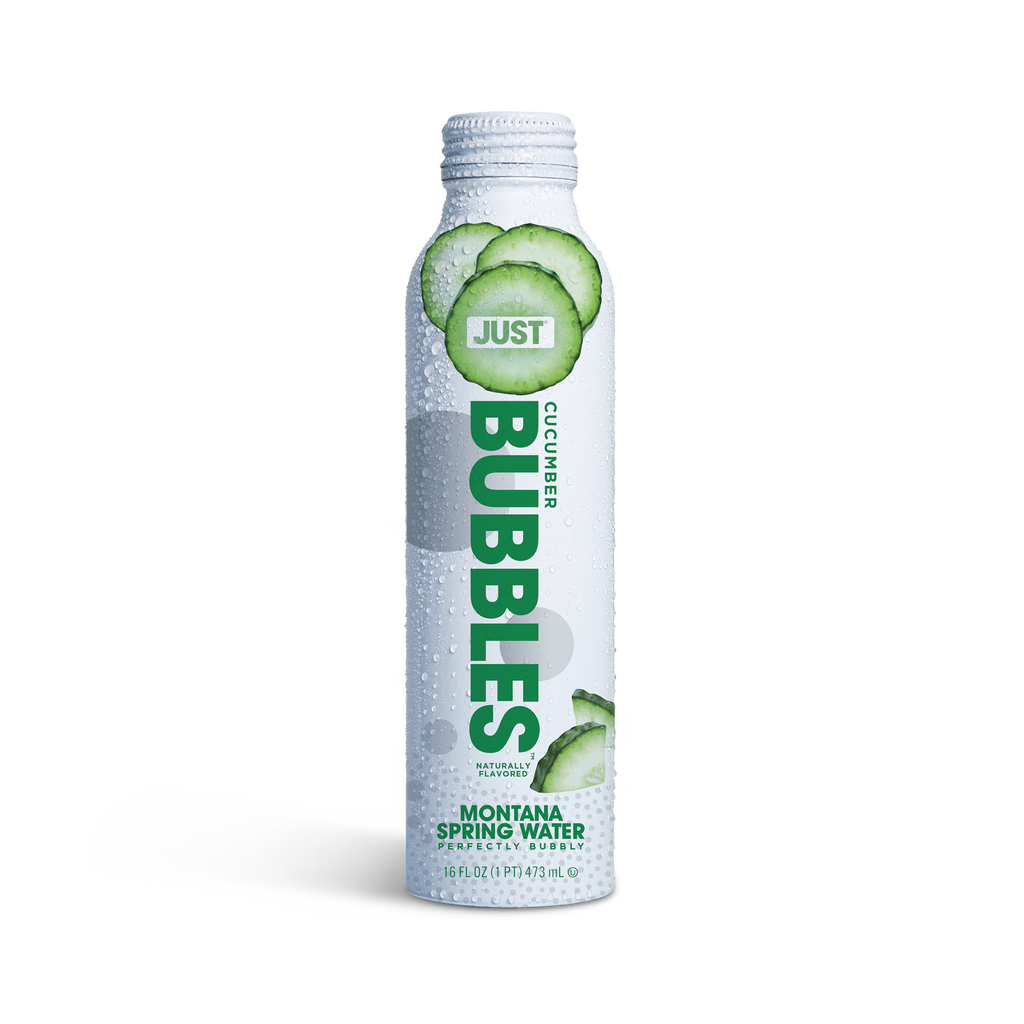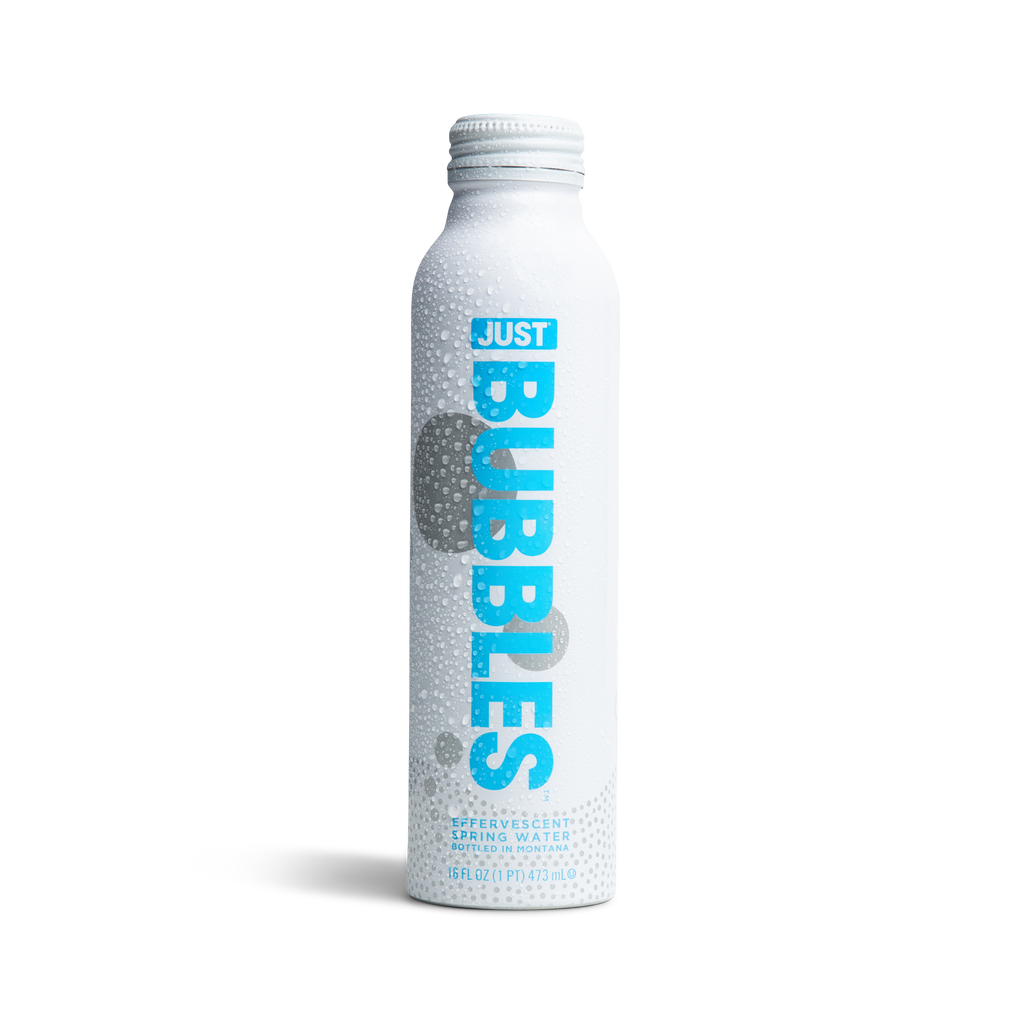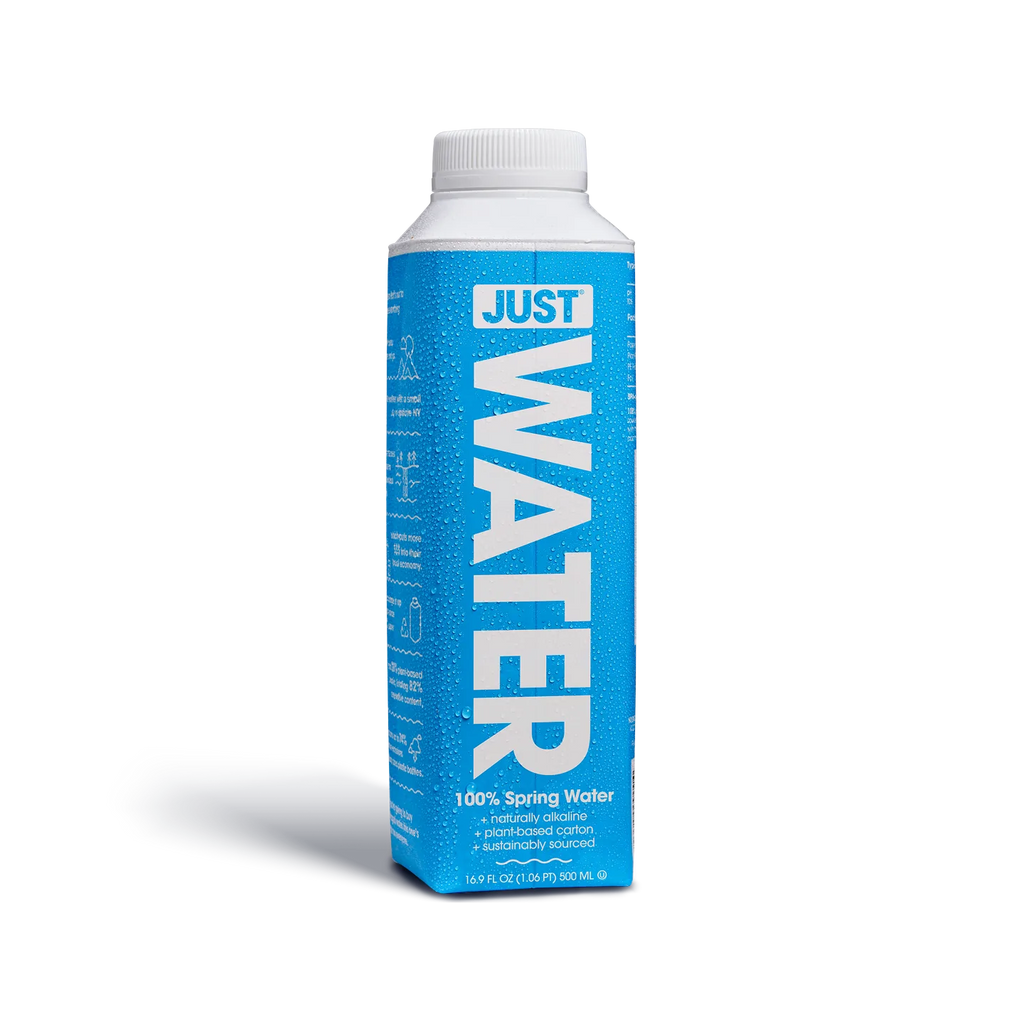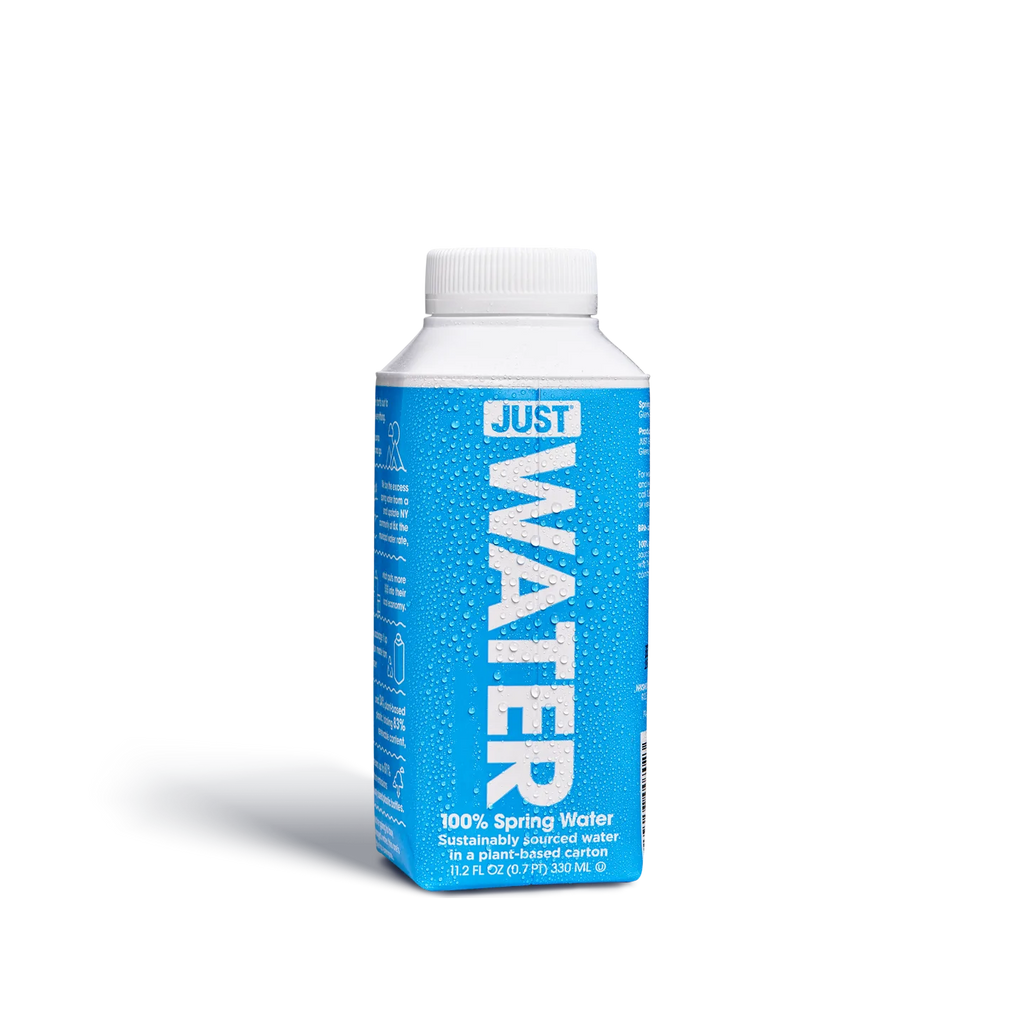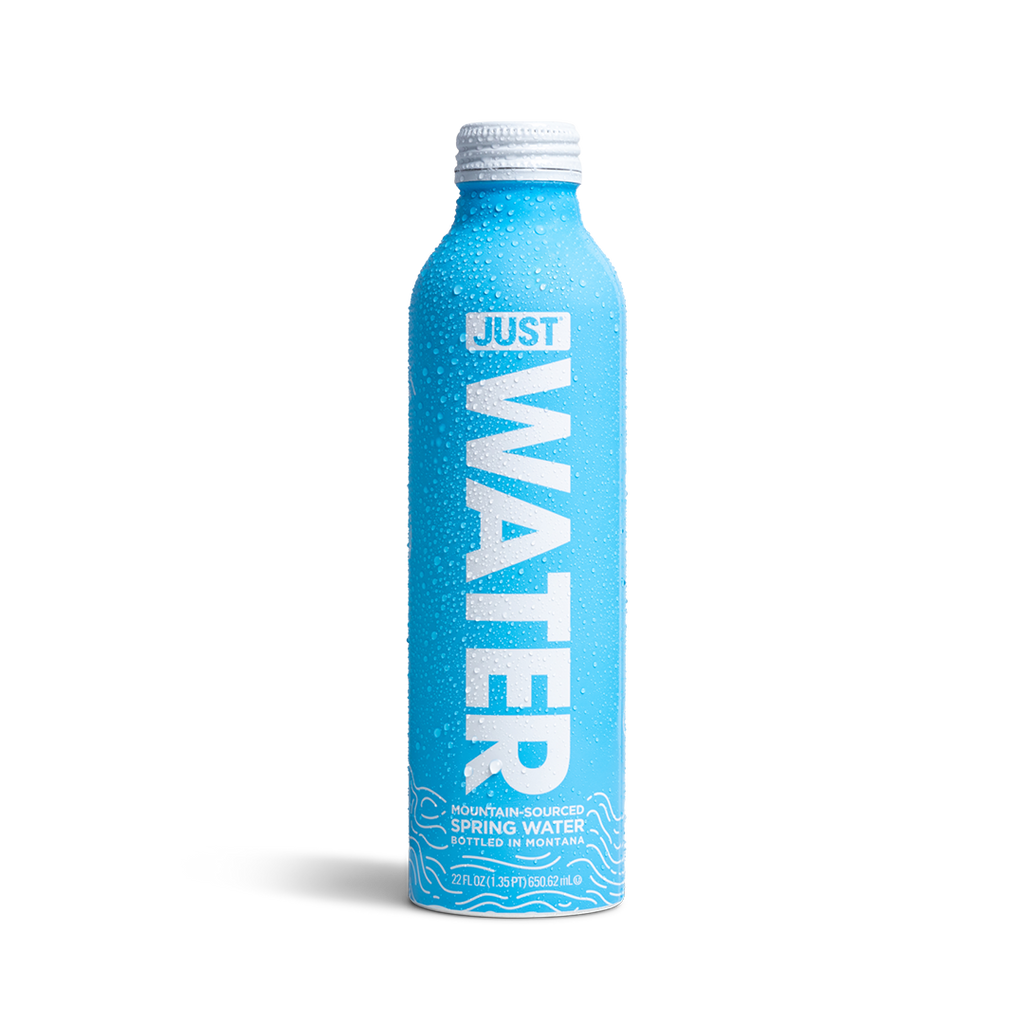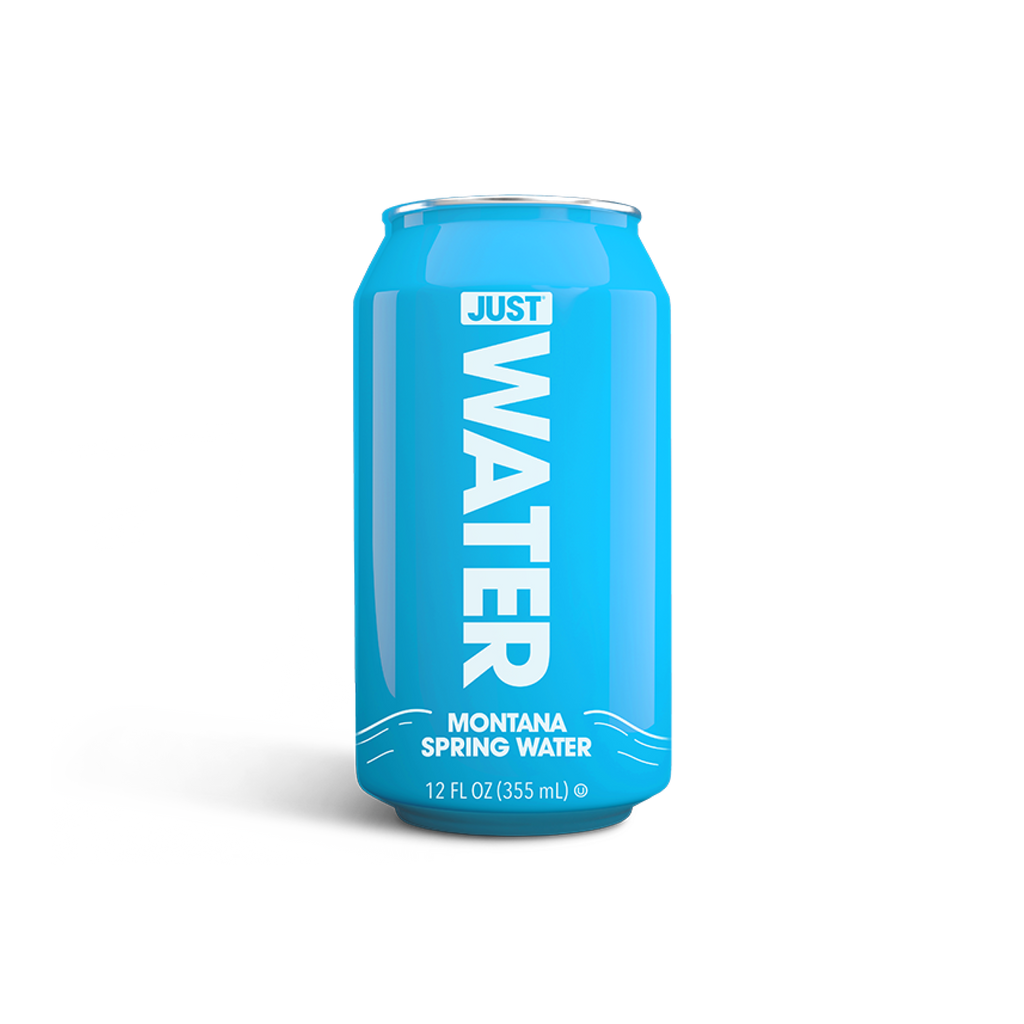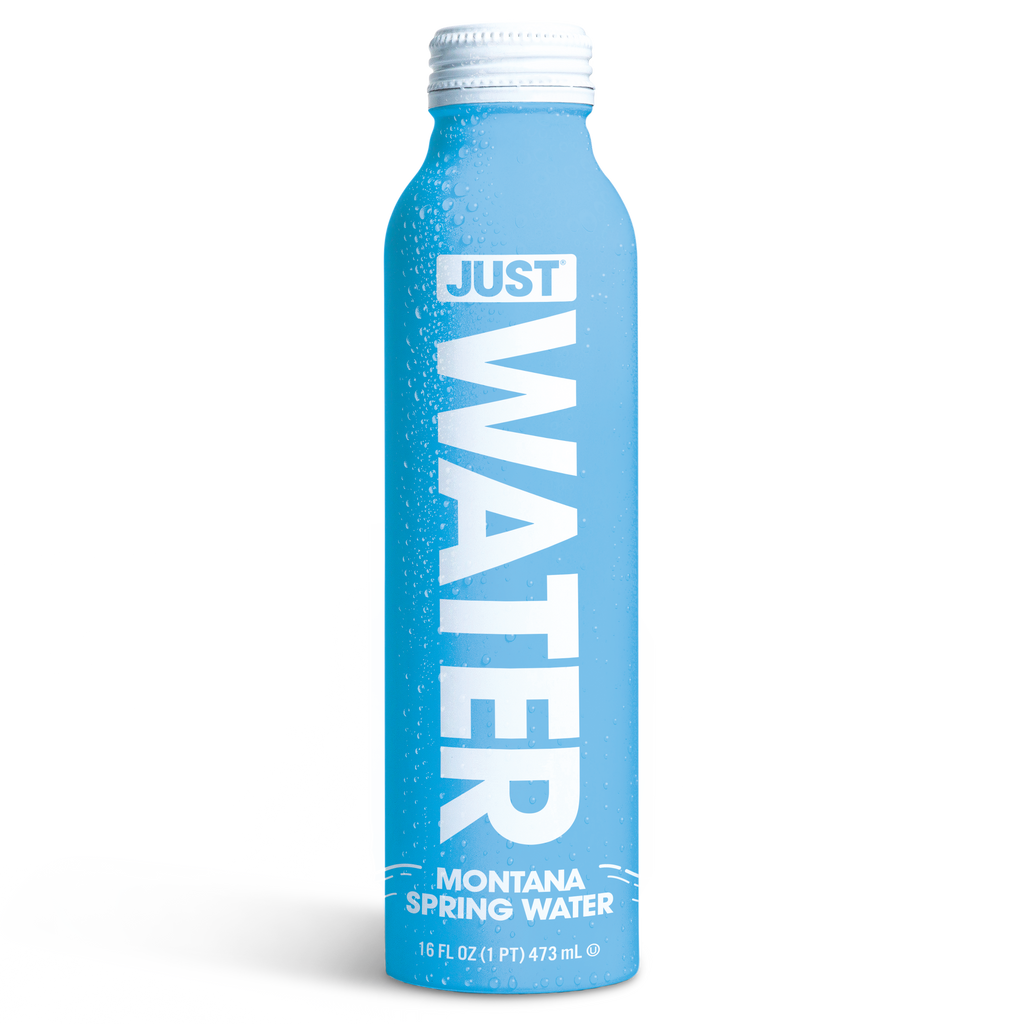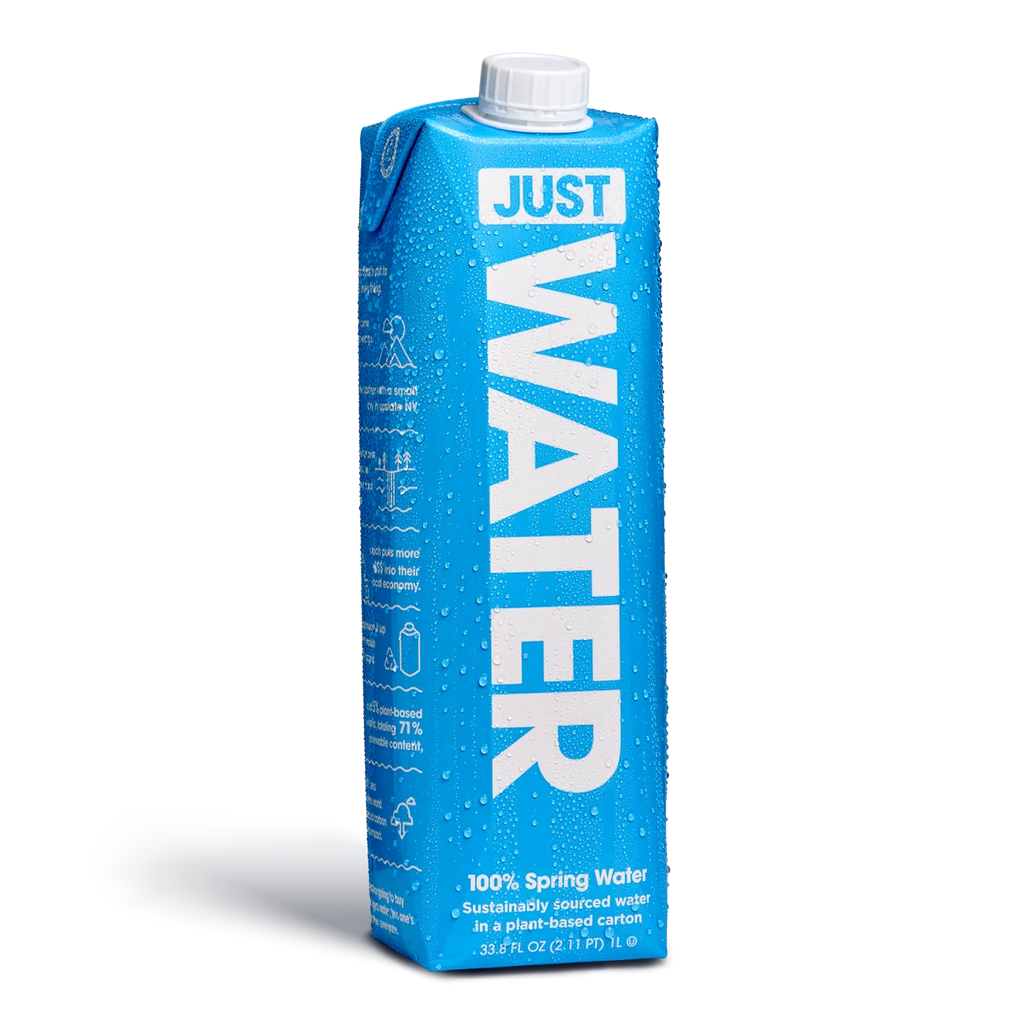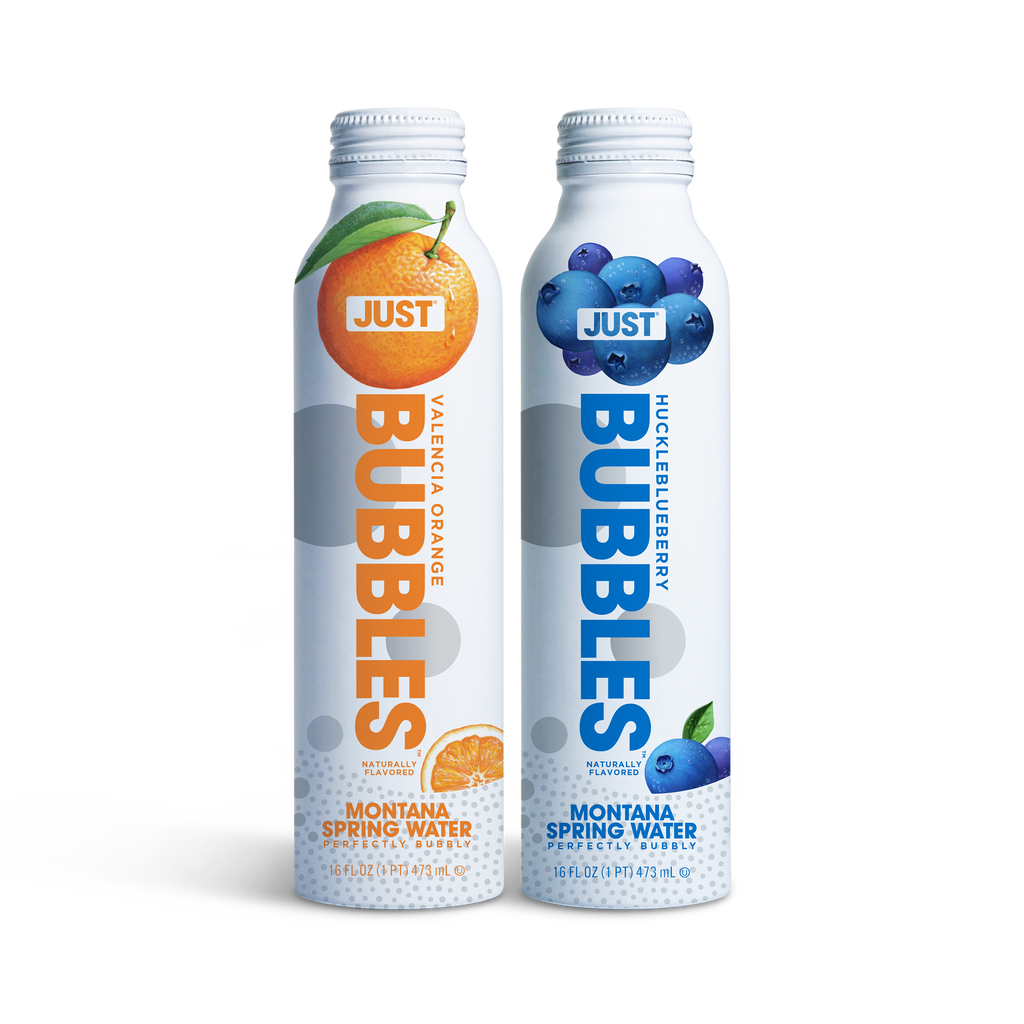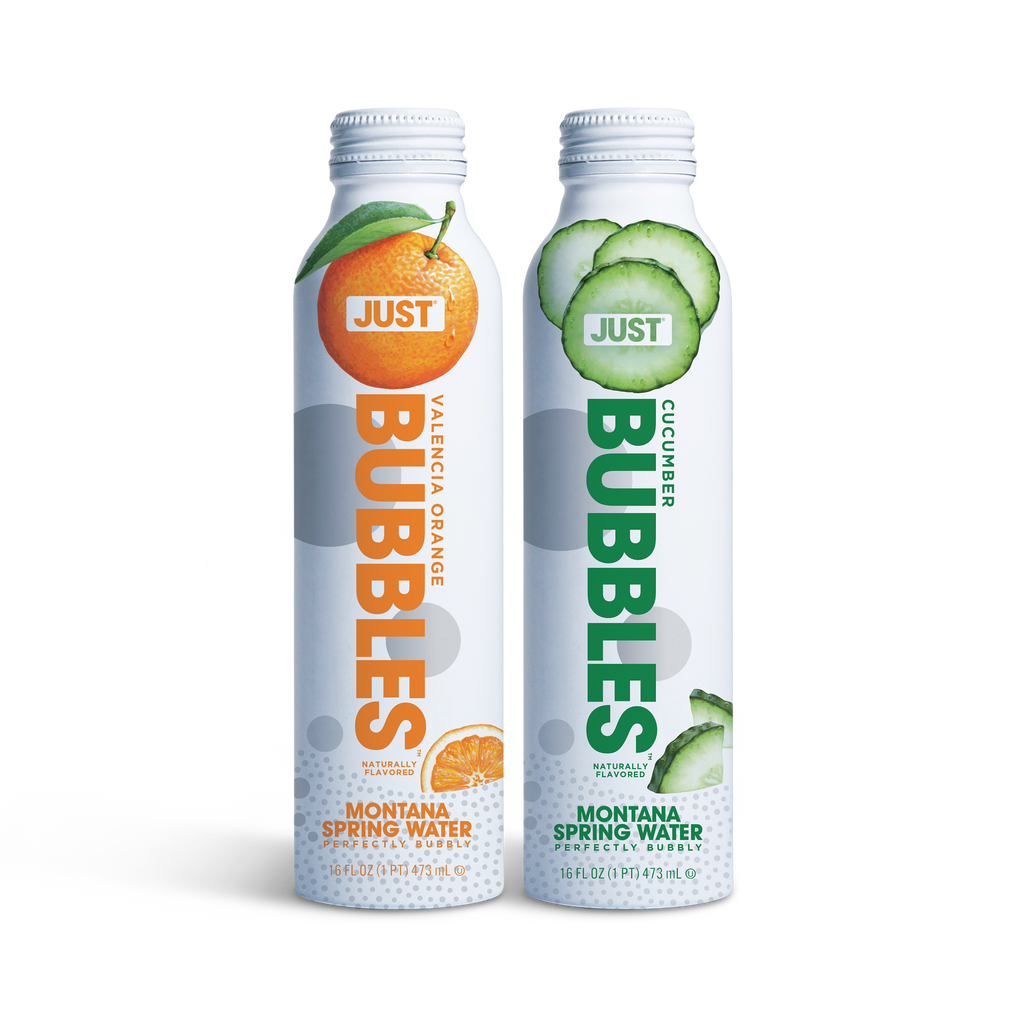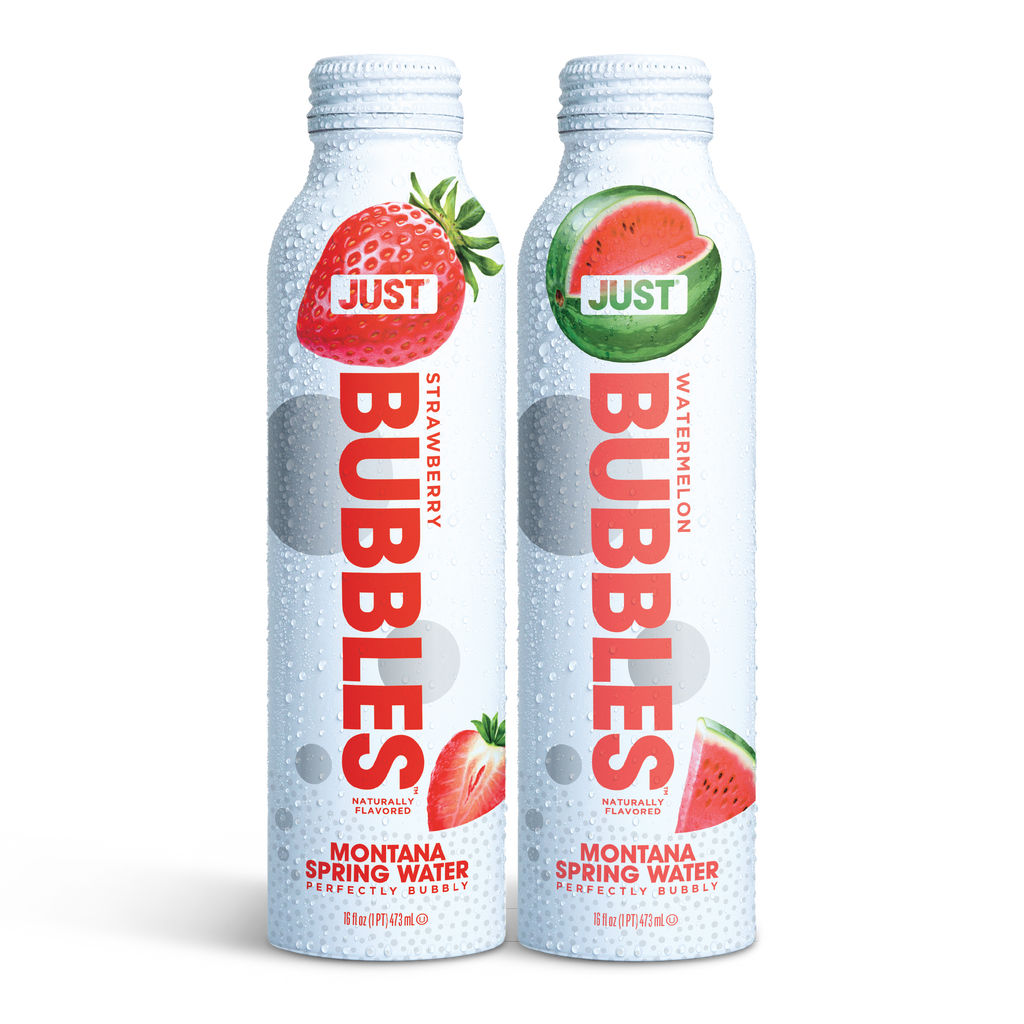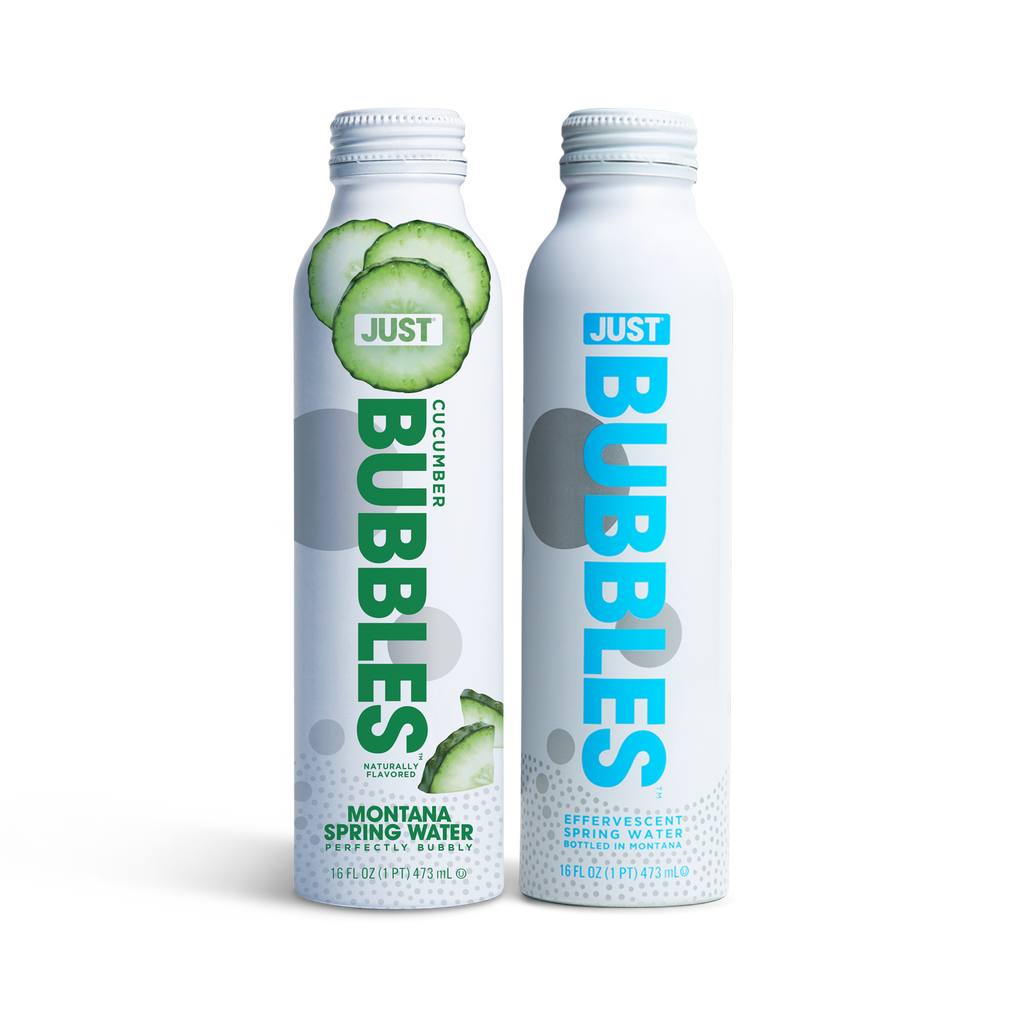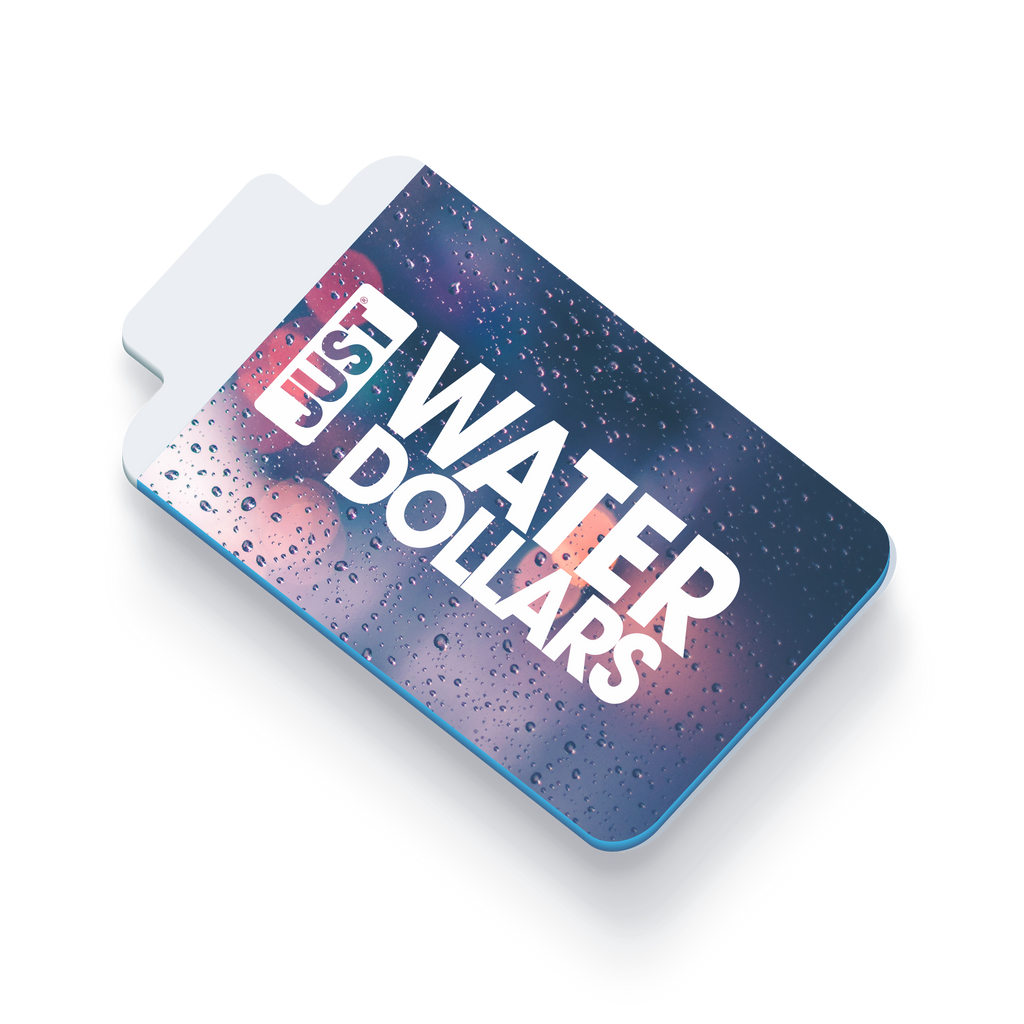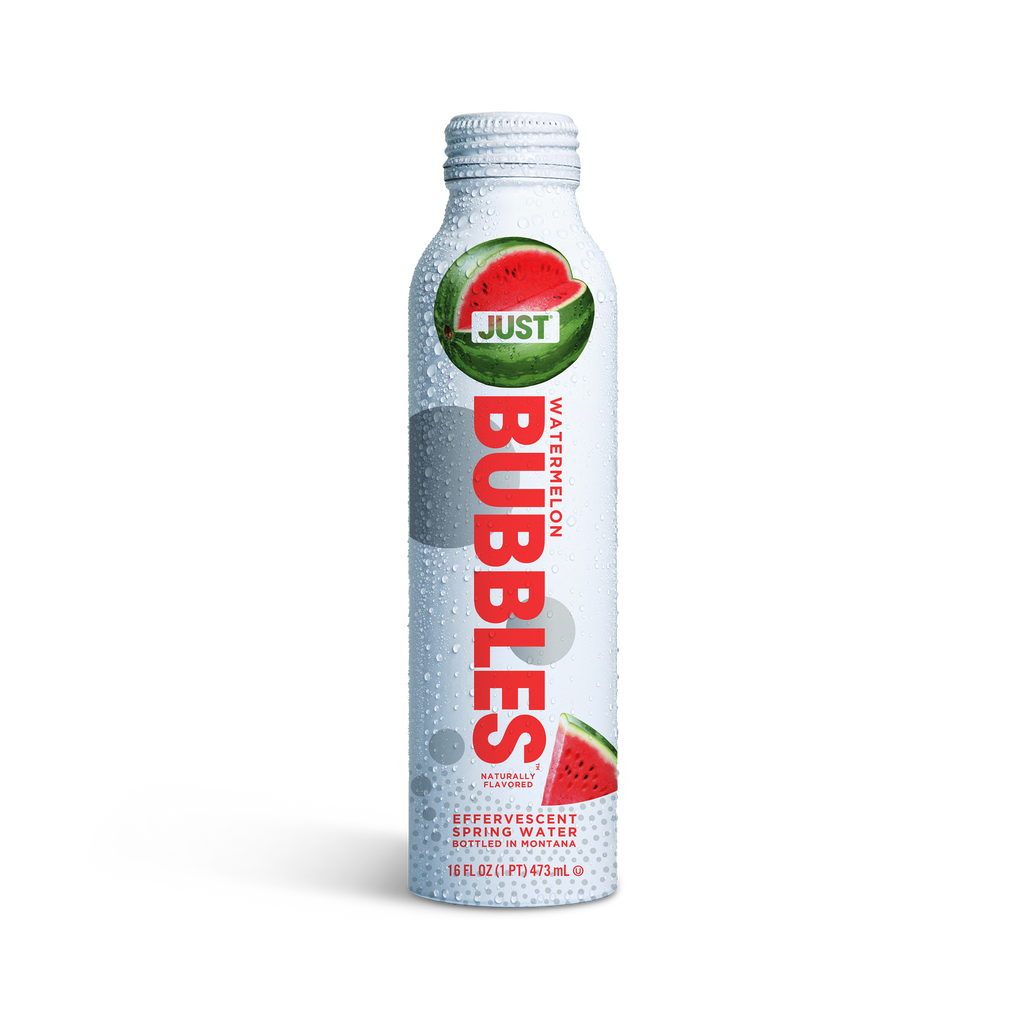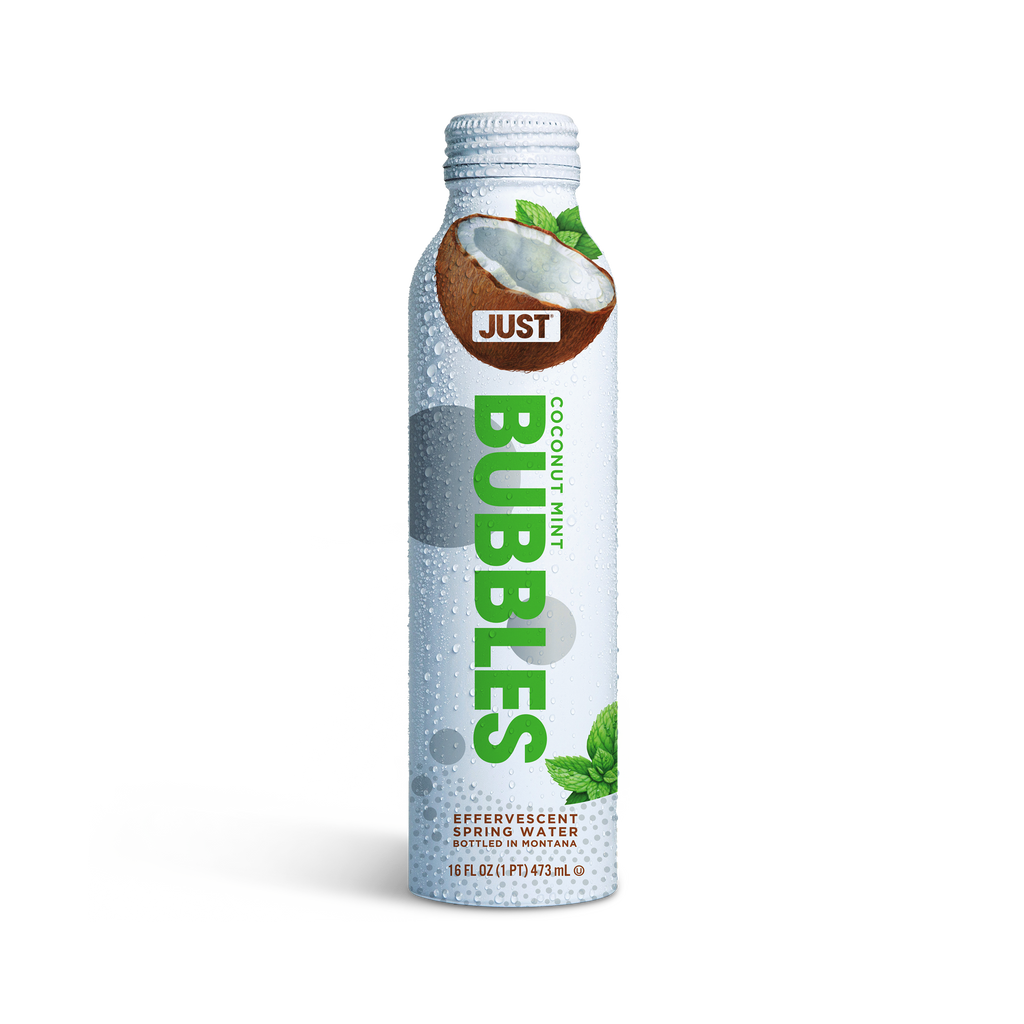THE DANGERS OF WINTER DEHYDRATION: WHAT YOU NEED TO (S)KNOW
Written by Just Water
Ahh, wintertime. Cooler temps and darker days lead many of us to seek out the cozy comfort of warming beverages like hot cocoa, fancy lattes, & other snow-day sips that feel like a warm hug in a mug. So, while these sweet, toasty drinks do offer reprieve from the chilly weather, they don’t do much in the way of healthy hydration.
When it comes to dehydration, most of us immediately imagine the unrelenting heat of the dog days of summer—the days when you’re certain you could fry the perfect sunny side-up egg right on the sidewalk and have a hard time coming up with what you wouldn’t do for an ice cream cone. But did you know that the risk of dehydration is actually greater in the winter than it is in the warmer months of the year? With symptoms ranging from poor concentration & impaired memory to more serious effects like lightheadedness, severe headaches, and an increased risk for conditions like kidney disease, recurring UTI’s, & kidney stones.
Today, we’re breaking down the root causes of most cold weather dehydration, the signs to look out for, and finally, some simple tips to avoid this wintertime woe.
What Causes Winter Dehydration?
Just like tax season, winter dehydration tends to sneak up on us. At first, you’re enjoying all the fun that the coldest season has to offer, whether that's skiing, snowboarding, or competitive snowman building (apparently, it’s a thing), when suddenly, dehydration hits, leaving you feeling all kinds of funky—but not in a good way.
There are a few common factors that often contribute to winter dehydration, including reduced thirst, increased respiratory loss thanks to drier air, faster sweat evaporation (which makes it more difficult to stay attuned to your hydration status and needs), & increased internal body temperature when we pile on the layers of cold-protectant clothing.
When our body is exposed to cooler temps, our blood vessels constrict, pushing more blood away from our skin and extremities, drawing it towards our core in an attempt to preserve heat. While this process is designed to keep us safe from the chill factor, it doesn’t do us any favors when it comes to dehydration. In fact, studies show that exposure to cold temps can reduce our thirst by up to 40%, putting us at a significantly greater risk of dehydration.
What are the Signs of Winter Dehydration?
As you can see, just like the warmer seasons, winter is a prime time to fall victim to dehydration. However, it’s important to note that while dehydration doesn’t discriminate when it comes to seasons, the symptoms do look different depending on the climate and temperature outside. So while you may not feel extreme thirst or overheated, these are the common signs of winter dehydration that you should look out for:
- Dizziness & Fatigue
Because dehydration impairs blood flow, the end result is less oxygen making its way to our brain. This in turn, leads to the dizzy, lightheadedness we experience when we’re not properly hydrated. Other signs to look out for? Confusion, fatigue, difficulty concentrating, & impaired cognitive capabilities—all common symptoms of dehydration.
- Headache
With the reduced delivery of blood and oxygen as result of inadequate fluid intake, your brain compensates by actually shrinking in size. This response triggers pain receptors beneath our skull, leading to the unpleasant symptoms of a headache most of us know all too well.
- Dry Mouth & Skin
Between the dry, cold air and the reduced blood flow to our extremities, both dry mouth and skin can be tell-tale signs of inadequate hydration. If you’re feeling like you just swallowed a cotton ball and your skin starts looking like that of a reptile, you’re likely dehydrated.
- Changes in How You “Go”
If you find that you’re running to the restroom less frequently than you normally do or that when you do go, your urine is darker than usual, this is your body’s warning sign to drink up and that your hydration levels are below optimal.
Sip Tips: How to Avoid Winter Dehydration
Whether you’re hitting the slopes or simply enjoy the great outdoors regardless of the season, it’s important to stay adequately hydrated to feel your best and fuel your favorite snow day activities. If you find that you struggle to drink enough water during the winter, here are our best “sip tips” to help you stay hydrated.
- Include hydration in your morning & evening routine: Calling all creatures of habit: if you pride yourself on your daily practices and rituals to kick off and end the day, simply add drinking a glass, bottle, or carton of water to your morning and evening routine.
- Spice up your sip: If you find drinking still water to be a chore, particularly when your thirst levels are lower during the winter months, try swapping your plain-jane water for something fun, fizzy, & flavorful like JUST Bubbles. With a variety of delicious flavors & none of the added nonsense that you’ll find in soda or sports drinks, JUST Bubbles is a deliciously simple way to stay hydrated during the winter months.
- Set “guzzle goals”: During the wintertime, when our body isn’t sending a strong thirst signal to indicate that we need to hydrate, it can be difficult to get enough fluids in throughout the day. Instead, set yourself up for success with “guzzle goals”. For example, you could shoot to drink at least half of your daily fluid requirements by lunchtime (about 3-4, 8-oz servings), or you could keep it simple and aim to take two or more glugs of water every half hour. Whichever “guzzle goal” you set for yourself, try to be as disciplined and consistent as possible.
From the chilly temps to the shorter days, and all the sniffles, flu’s, and seasonal illnesses that tend to pop up, it can be difficult to maintain healthy habits during the wintertime. Fortunately, ensuring you stay well-hydrated during the cooler seasons is a simple and effective way to practice self-care while prioritizing your wellbeing.
So this winter, bundle up & bottoms up! Your body will thank you for it.
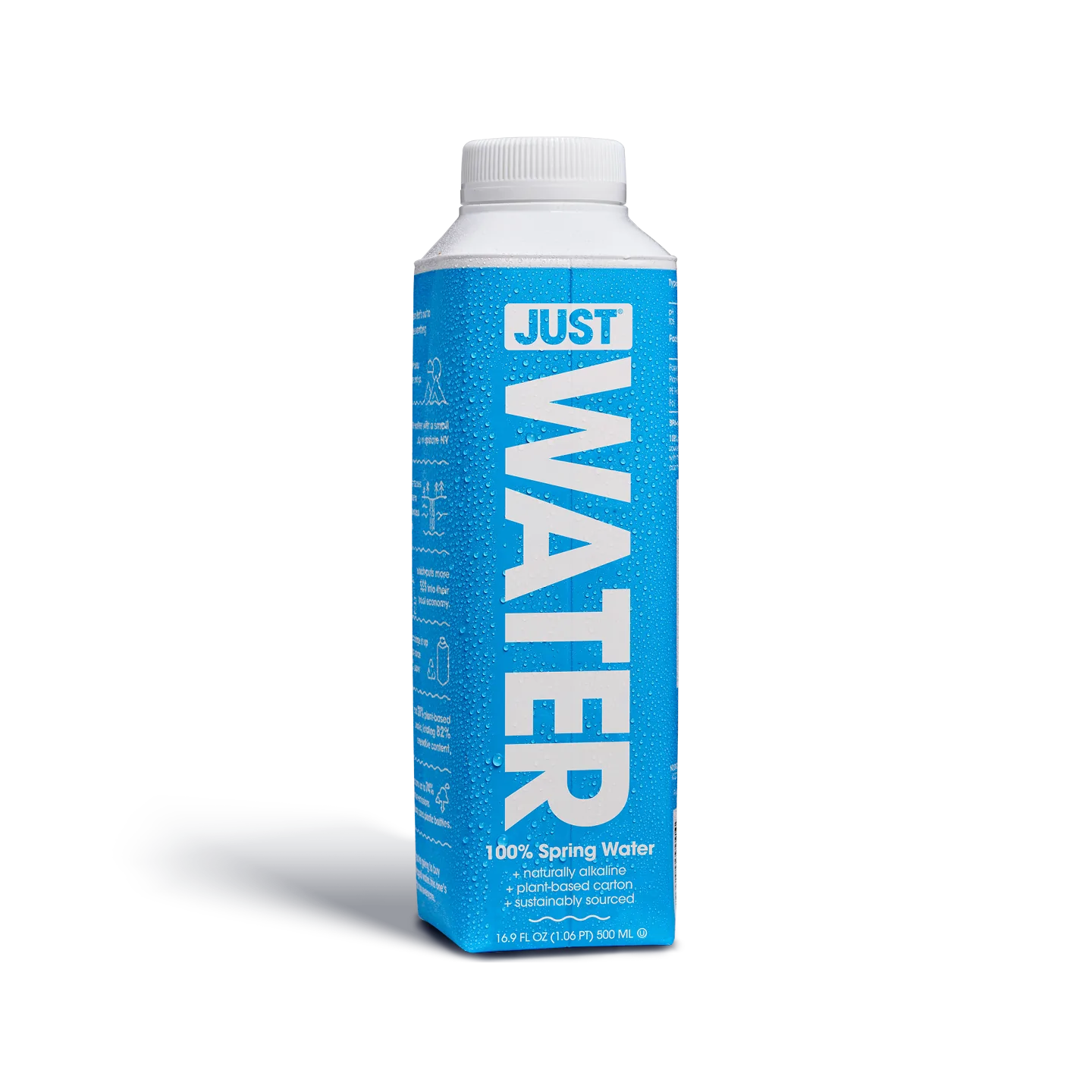
JUST WATER
Spring Water -- 16.9 fl oz | 24 Pack
